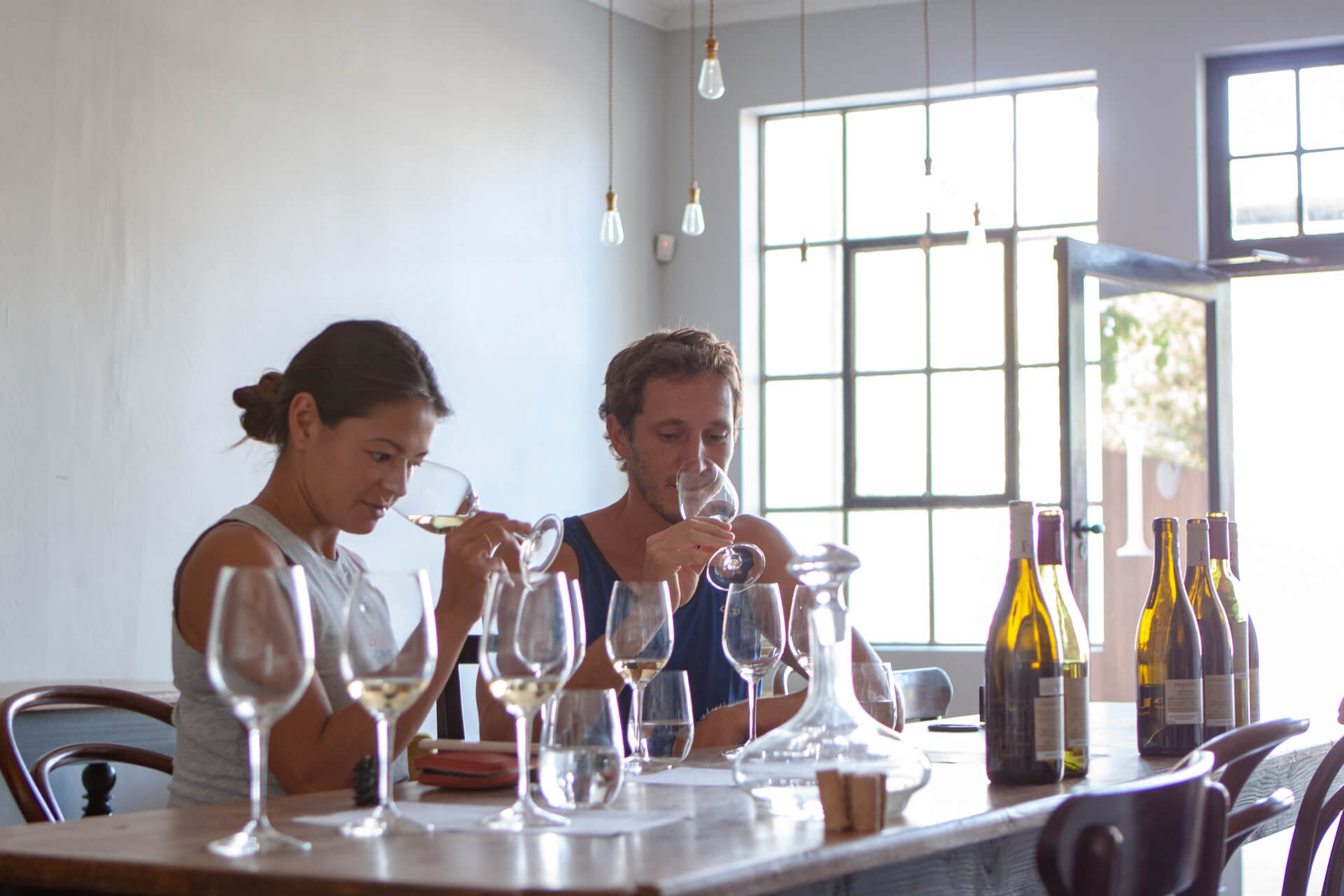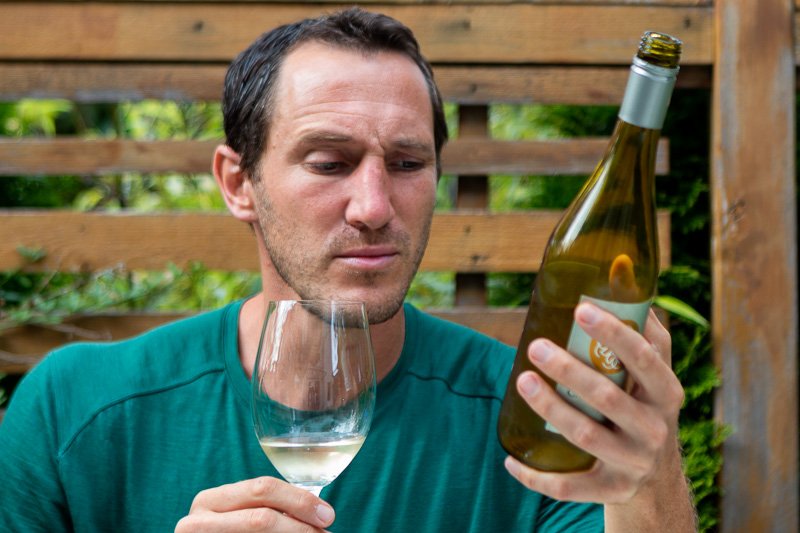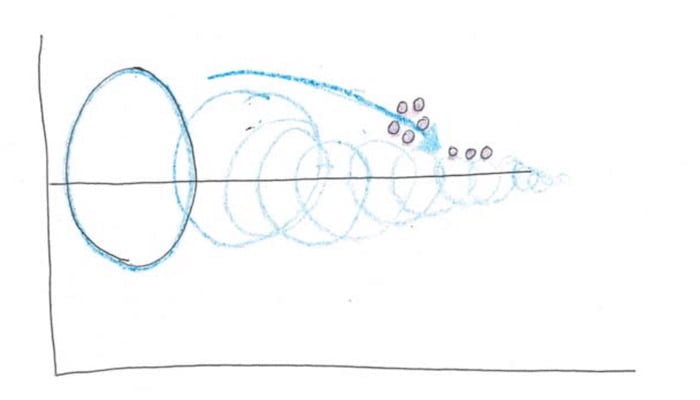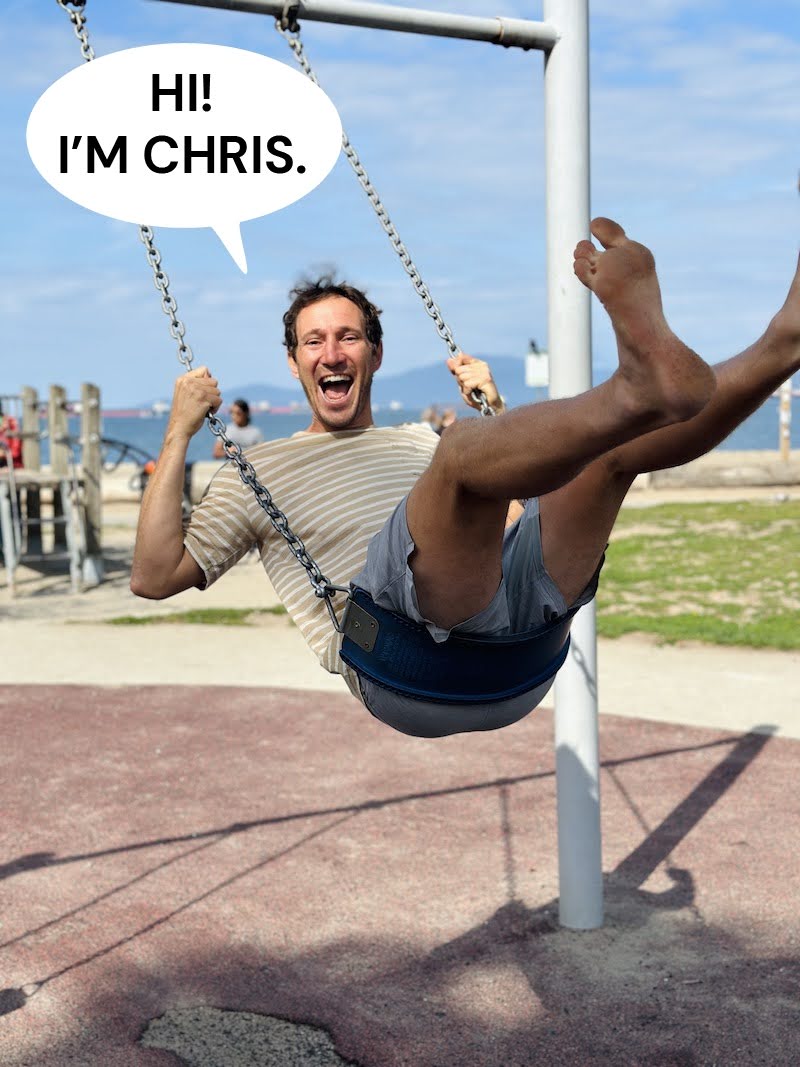Key Points
- Developing your palate can be fun and makes every bite better.
- Training your palate is no different than improving any skill.
- Understanding how our brains process taste can help you improve.
- Use your nose more and words less to refine your palate.
From Slob to Snob
Imagine you have trained your palate to the sophisticated level of a master chef or sommelier.
Would this enhance every eating experience? Make you a better cook? And lead you to eat less junk and more healthy food?
Or would it just make you snob who overpays for frivolous, fancy foods?
Until about two months ago, I leaned toward the latter. I was content with my unsophisticated palate. But then I read this question:
“Why would anyone who learns to appreciate flavor ever turn the clock back?”
Bob Holmes, Flavor
And I couldn’t come up with a good answer.
Holmes is right. To train your palate is a fantastic investment. Even learning to appreciate flavor only 5% more would make a huge difference over the course of a lifetime. I couldn’t turn that down.
So I set out to research how improve my sense of taste.
Here’s what I learned: why palate training isn’t as simple as it seems and how best to train your taste.
How to Train Your Palate
Appreciate the Science (and Art) of Tasting

Palate Training Is Not So Simple
Pretty quickly into my research into the fascinating biology and psychology of flavor, I realized:
Training your tongue isn’t as straightforward as training your body.
Our tongues may be muscles, but doing more heavy lifting with them won’t make them stronger. Just fatter.
Appreciating taste is more subtle. More nuanced. More complicated. And more subjective.
It is, I was dismayed to realize, an art.
It’s… Art Appreciation?
Everything is “an art” these days. Even not giving a f*ck is apparently a subtle one.
But in the case of taste, it’s actually true. Appreciating food is no different from appreciating a photo or a painting. You just use more senses.
The outline of flavor is the balance of the five (or more?) types of taste: sweet, sour, bitter, umami, and salty. Smell fills in that outline with even more variety than there are colors in a rainbow. And sounds and physical sensations—texture, tannins, spiciness—add complexity.
Your brain packages all of these sensations into a single experience and delivers it to your consciousness. To taste well is to be able to deconstruct it.
It’s super difficult.
Especially since everyone’s experience is different…

Flavor Is in the Mind of the Beholder
Our brains tamper with the physical flavor package before delivering it to us. Expectations, culture, and dozens of other factors that influence taste perception all dent it to the point that it becomes unrecognizable. Also:
- No two people experience the same smell: While our corneas have three cones to take in color, our noses have around 350 aroma receptors. Only about half of your receptors are the same as mine. Infinite variation in the other half means we’re all living in unique worlds of scent.
- No two people experience the same taste: Factors like age, tongue sensitivity, and microbes have enormous influence. Plus, foods themselves change as they age.
No two palates will ever perceive the same taste because of these influences. Just as beauty is in the eye of the beholder, flavor is in the mind of the consumer.

Quit Blaming Your Equipment
Like all excuses, the ones I used for justifying my unsophisticated palate—a broken nose and insensitive tongue—were pure B.S.
First of all, genetics make up only roughly 20 percent of our perception of taste, according to Bob Holmes in his book, Flavor. I can influence the other 80 percent.
And while my crooked nose might be a hindrance, it didn’t have to be a crutch. It works fine. I have no problem distinguishing a stinky fart from a cinnamon bun. I just needed to learn how to use it better. Maybe my nose’s large size is even an advantage!
Deliberately Train Your Palate

Focus
I decided to focus my palate training on wine for three reasons:
- Less overwhelm. Rather than get lost in the infinite world of flavor, it would be less overwhelming to focus on training my palate for one specific food.
- Access to training materials, a structure (like an aroma wheel), and a community to connect with and learn from.
- Transferability. Whatever wine tasting abilities I developed would transfer to other foods. (Have you met a wine
snobconnoisseur who otherwise only enjoys pepperoni pizza and ice cream?)
Wine was the obvious choice over beer, cheese, whiskey, tea, or anything else. I didn’t have much history with it, so I was starting from a blank slate. The wine tasting community is by far the biggest and most developed of all foods. And Kim and I were living in the land of amazing, affordable, and abundant wine tasting experiences, South Africa.
Follow a Framework
I’d learned from photography lessons that pictures and paintings can be broken down with an analytical framework of aspects like composition, color, and contrast.
Flavor is the same, but with a different framework.
For wine, sommeliers use a specific tasting grid. For other foods, general questions like these can analytically break down flavor:
- Which of the five tastes—salty, sweet, bitter, umami, and sour—are present?
- What is the relative balance of each of the tastes?
- How is the physical sensation of mouthfeel, tannins, mintiness, or spiciness?
- How long does the flavor linger?
This type of breakdown doesn’t require expertise. It just takes attention and patience. With practice, it becomes second nature.

Stick Your Nose In It
Smell is where training your palate for food becomes more difficult than training your eye for art. We have words for colors—green, red, yellow—in English. For smells, we only have comparisons—grassy, rose-like, lemon-y.
Aroma wheels can be your friend for individual foods like wine, coffee, chocolate, and beer. But their domain specificity is a double-edged nose sword. Experts in one food domain are no better than novices at identifying everyday odors.
So I decided to compliment the wine aroma wheel with a more well-rounded focus on building a smell vocabulary. Since none exists, I settled on science’s best-guess at the 10 categories of odor:
- Fragrant
- Woody/resinous
- Fruity (non-citrus)
- Chemical
- Minty/peppermint
- Sweet
- Popcorn
- Lemon
- Pungent
- Decayed
I practiced identifying these odors like colors in a painting by sniffing everything I could. And like flashcards for fragrance, when in the kitchen I blindly grabbed, opened, and sniffed spice jars to see if I could name what was inside.
It’s fun. But progress is slow. And there’s a limit to how far your nose can go. Even highly-trained perfumers can only successfully identify three or four scents from a bouquet.

Don’t Let Words Get In Your Way
I always figured anyone who said, “Words cannot describe it,” either needs to read more or has a finger too far up their butt.
But you know what? When it comes to flavor, they’re right. And it’s not just because of our lack of vocabulary for smells. There’s just too much going on in each mouthful to describe concisely.
So don’t even try. Getting too wordy hurts your ability to discern and remember tastes. When you overdo it with your description, you overshadow and forget qualities you cannot put into words.
Do the following instead…

Visualize a Story
Limit your words to describing the basic framework of what you taste. Then use that to create a holistic visual narrative of the experience.
It sounds complicated, even crazy, but it works. In a paper that blew my mind, researchers from Harvard and Cornell showed they were able to raise enthusiast chocolate, beer, coffee, and wine tasters to expert levels.
Here’s an example of the instructions they gave:
Draw a picture of how you experience the wine’s taste over time. Use your box of crayons to help you express its effect over time. We will be asking you about this wine later on, so try to draw something that helps you remember the wine’s taste.
Show time as a line from left to right in the middle of the sheet of paper. On the left show the initial encounter and on the right the finish. Draw a shape to show how the taste changed over time. For instance a thin line at the initial encounter might grow into a circle and then end with extended jagged lines to indicate a wine that started tight and then opened up and had a round texture and ended with a long rough finish. Use your box of crayons to help you convey your story with the images representing the visual flow of your taste experience.
The paper’s authors found that experts intuitively develop this type of narrative visualization approach over tens of thousands of tastes. You can accelerate your palate training by doing it from the beginning.
See? Didn’t I tell you that to train your palate is to learn to appreciate art?

Play and Practice Constantly
With these pieces on how to train your palate in place, getting better comes down to practice. Keep tightening the framework, honing the nose, and creating visual narratives.
Obviously, the good thing about food, is we don’t have to go to the gym to do it. Unless you’re fasting, you have at least a couple of workouts built into every day. Try the following when you eat to make the most of your mouthfuls:
- Stay objective. Rather than think, “Ew, that’s gross,” analytically break down what you dislike. Just because you don’t appreciate the taste doesn’t mean you can’t benefit from the experience. (You can even teach yourself to acquire a taste this way like I did with black licorice.)
- Deconstruct it. If you prepared the food, see if you can pick out the individual flavors. If someone else cooked it, ask them what’s in it or read the ingredients label.
- Keep it clean: Cleanse your palate with a sip of water or bite of bread between tastes so one taste doesn’t smudge over to the other. Or at least alternate foods between bites.
- Do mini taste tests. Rather than share a bottle with Kim over dinner at home, we’d have two half-bottles. That way we could do triangle tests—two glasses of one, one of the other—to hone our perception.
- Explore. Try unfamiliar ingredients and order different dishes from restaurants. Travel!
You’ll train your palate to expert levels in no time if you do this with every bite and sip. I don’t have the patience and get too hungry, so I try to do it for a taste or two then mindlessly (or carnally) scarf down the rest.
You Won’t Regret Training Your Palate
When I began my research, my goal was to come up with a straightforward step-by-step guide to how to train your palate.
As you can see, I failed.
But hopefully you can now appreciate why. Palate training isn’t so clear-cut. It’s subjective, multi-sensual, verbal, and visual.
Because it’s so complicated, my palate is still pretty pathetic. Distinguishing a Shiraz from a Cabernet Sauvignon or picking out individual spices in a dish remains a struggle.
That doesn’t mean my palate training isn’t working. My appreciation of flavor has exploded. I smell more spices, spices, and fruit wherever I go. I no longer settle on boring, child-like “yummy” or “yucky” judgments of food. And I try to chime in on conversations about flavors I used to keep my nose out of.
Becoming a master chef or sommelier was never my goal, anyway. The practice itself is the fun part. I’m glad I finally got started after over thirty years of laziness.
I highly recommend you try training your palate, too. You have to eat and drink anyway. Might as well make it meaningful. Whatever work you do to enhance your appreciation of flavor, you won’t regret it.
More On Training Your Palate
My Favorite Resources
- Learning How to Become a Taste Expert by Kathryn LaTour and John Deighton. This paper is a must-read if you want to become an expert taster in any specific food.
- Cork Dork, by Bianca Bosker. An easy-reading but informative chronicle of one woman’s journey to go from a basic wine drinker to a true sommelier.
- Taste, by Barb Stuckey. A practical primer on the palate and the science of taste from a food development expert.
- Flavor, by Bob Wilson. Very similar to Taste, but written in a more journalistic style. More flow, less structure.
Tasty Blog Posts
About the author
👋 I'm Chris. Everything you read on TheZag.com is my fault. This site is like a gym for your comfort zone, full of challenges to make your status quo sexier. Join my 'Consider This' newsletter for a fun new challenge every 10 days. Try it!
2 responses to “How to Train Your Palate: The Art and Science of Better Taste”
-

This is such an amazing article! As someone who does cheese chocolate and wine tastings professionally, I can say that this thoroughly wowed me and hearing the science behind this was so fun! Super user friendly, comical and fun to read! This blog officially has a place in my bookmark bar.
-

Thanks, Tova. I checked out your site and the tastings you lead look super fun, too. Maybe one day we can meet to train our taste buds together!
-



Leave a Comment